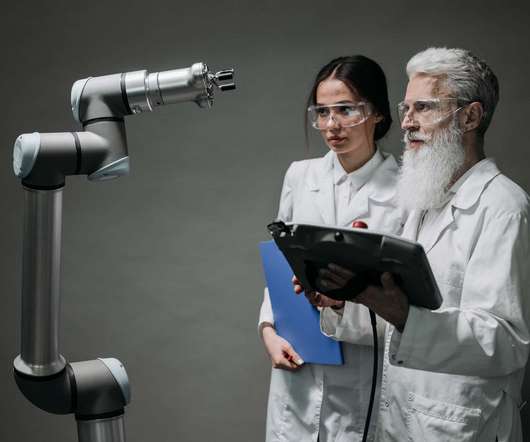How IoT Improves Consumer Packaged Goods Value Chain
Savi
OCTOBER 29, 2019
Many companies are already leveraging the power of the Internet of Things (IoT) to turn orders around in a day, deliver customized orders and replenish stocks in short order. The pivot point has moved from production to customer delivery, and the primary constraint has moved from manufacturing to transportation.















Let's personalize your content